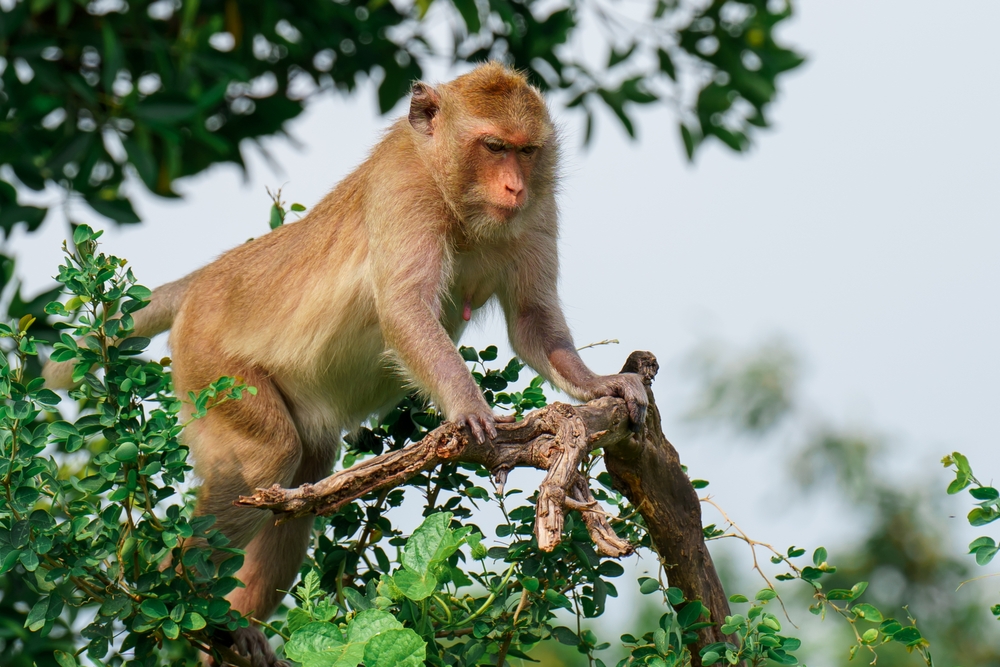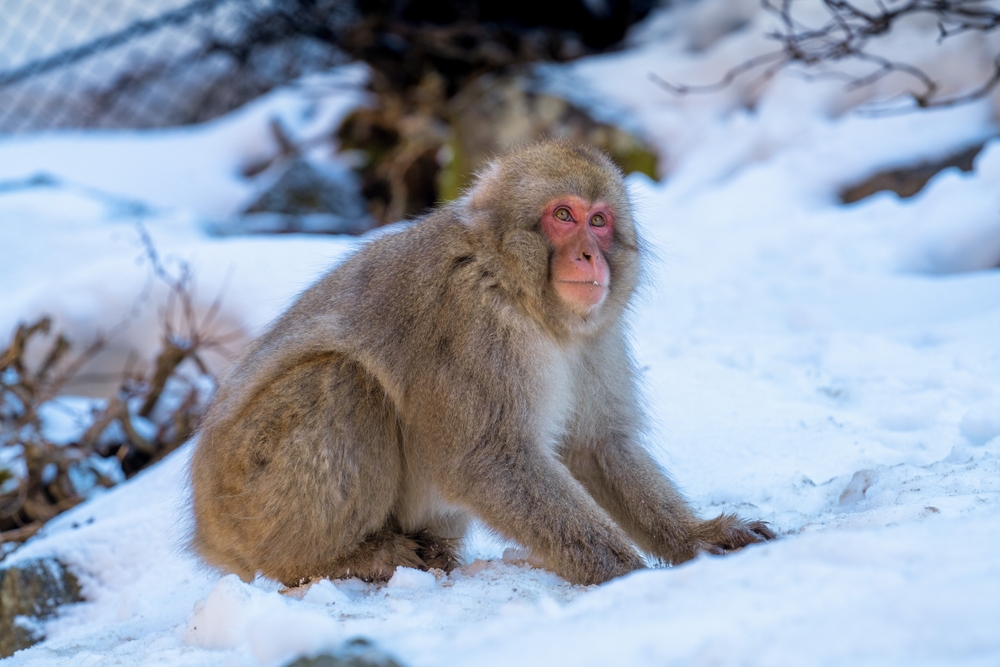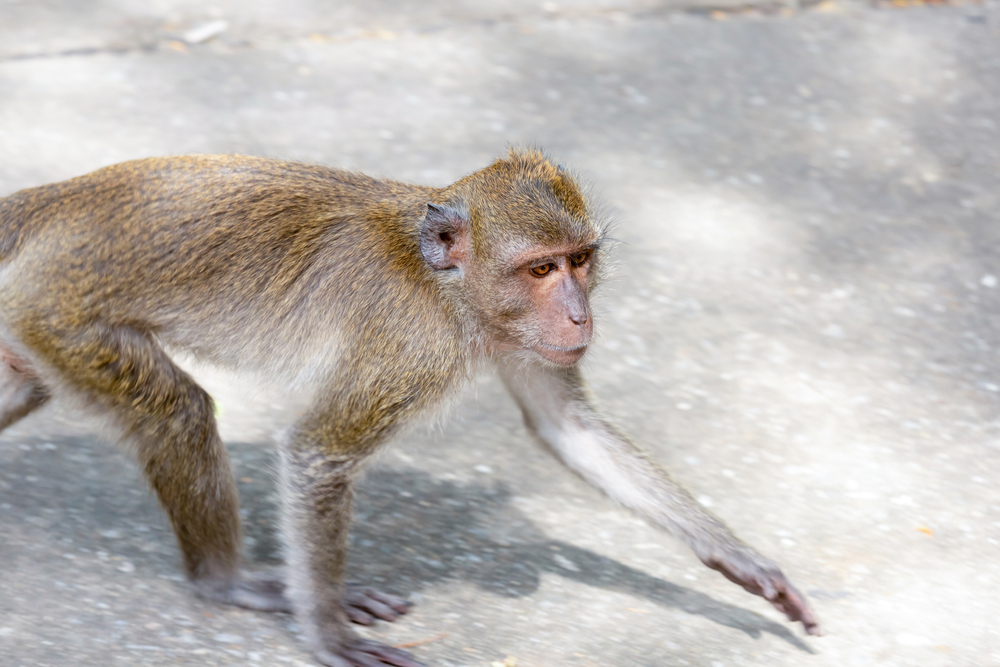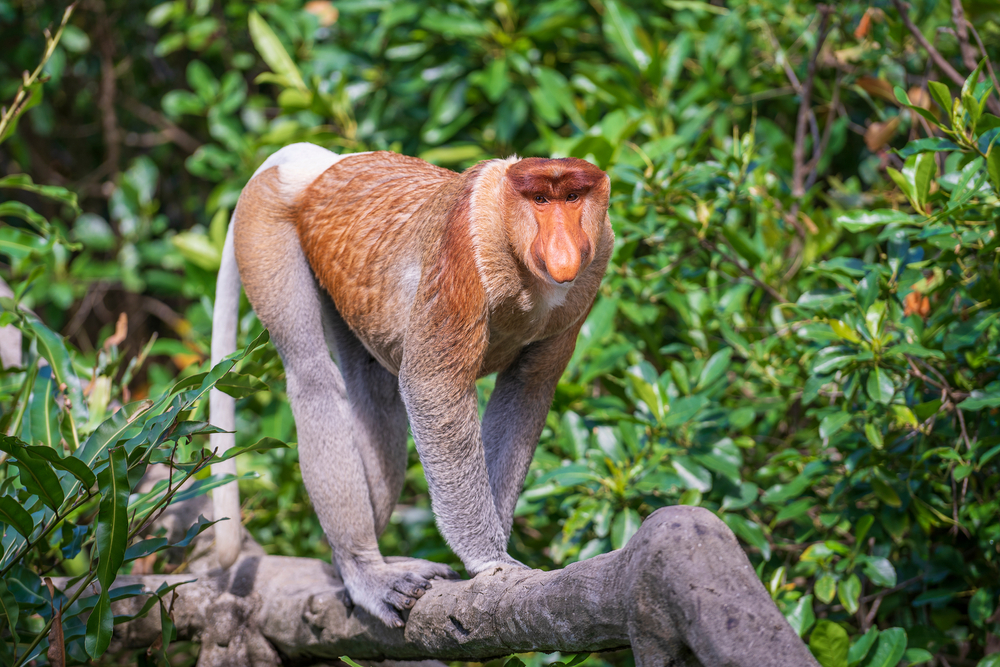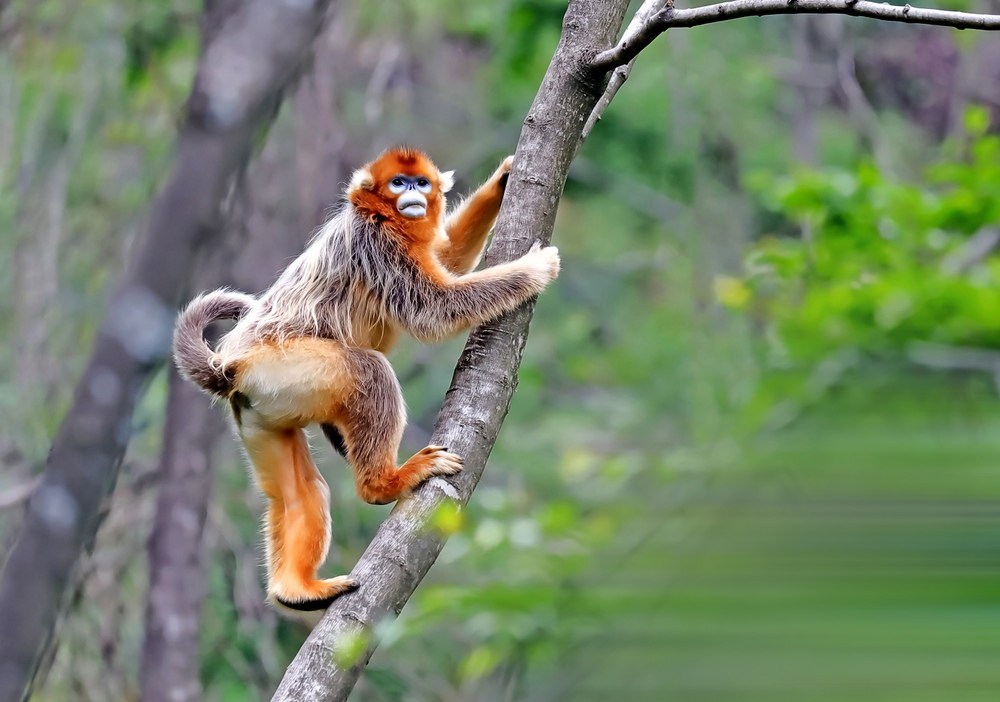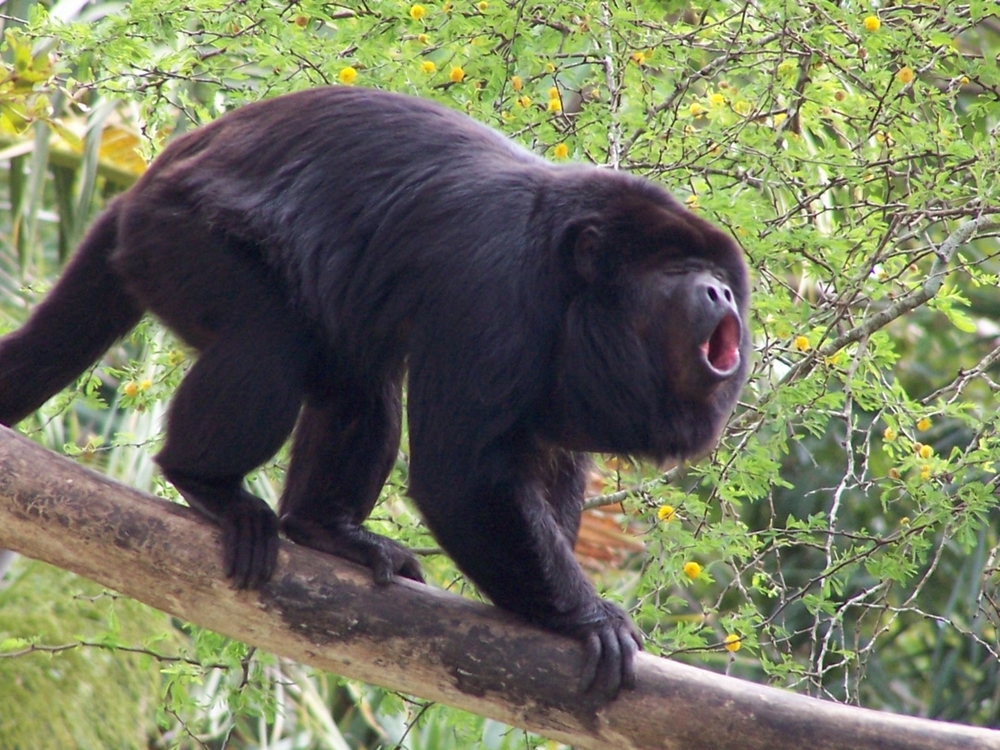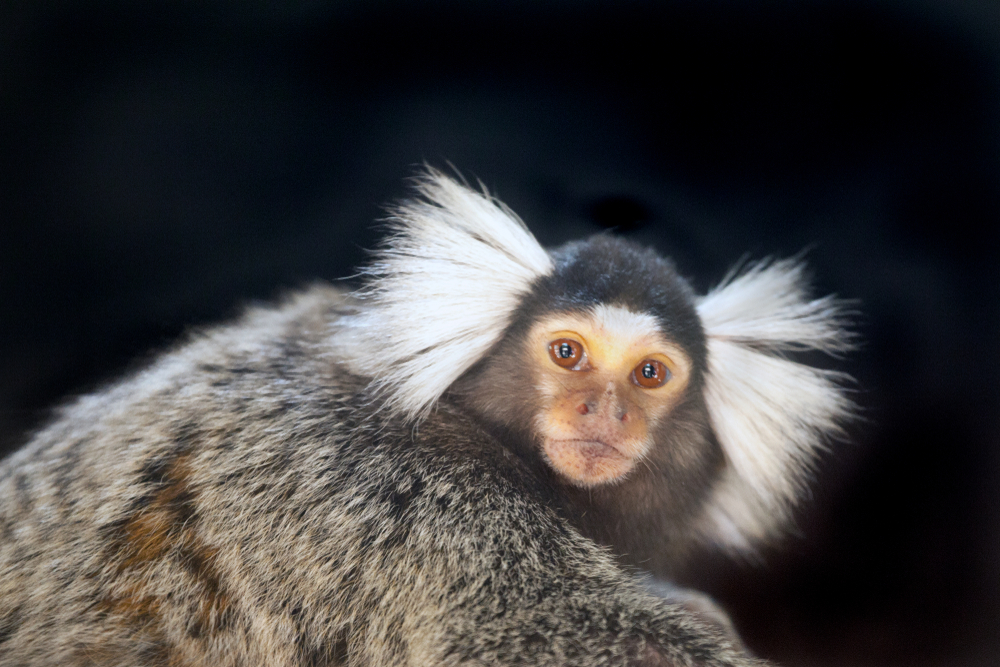About
#Mammals
The rhesus macaque (Macaca mulatta) is one of the most widespread and well-studied monkeys in the world, native to South, Central, and Southeast Asia. A member of the Cercopithecidae family, this highly adaptable primate thrives in diverse environments—from tropical forests and dry scrublands to bustling cities and temple grounds. It is particularly common in India, Nepal, Bangladesh, and parts of China, where it often lives in close proximity to humans.
Rhesus macaques are medium-sized monkeys, with males weighing 6–12 kilograms (13–26 pounds) and females about 4–10 kilograms (9–22 pounds). They have light brown or grayish fur, a pinkish face that lacks fur, and a medium-length tail. Agile and alert, they are excellent climbers and foragers, often seen scavenging in urban settings or traveling in large, vocal troops through rural landscapes.
Their diet is omnivorous, including fruits, seeds, leaves, roots, insects, and human food waste. Highly social, rhesus macaques live in multi-male, multi-female groups organized by strict dominance hierarchies. Females remain in their natal groups for life, while males migrate to new troops upon reaching maturity.
In scientific research, the rhesus macaque holds immense importance due to its genetic and physiological similarity to humans. It was the first monkey species used in space travel and remains a central model in biomedical, neurological, and behavioral studies.
Though classified as Least Concern by the IUCN, the rhesus macaque can become a nuisance in urban areas and faces risks from habitat fragmentation, conflict with humans, and illegal capture. Nonetheless, it remains one of the most recognizable and ecologically resilient primates in Asia.
Threatened:
Extinct
Critically Endangered
Endangered
Vulnerable
Near Threatened
Least Concern




































































